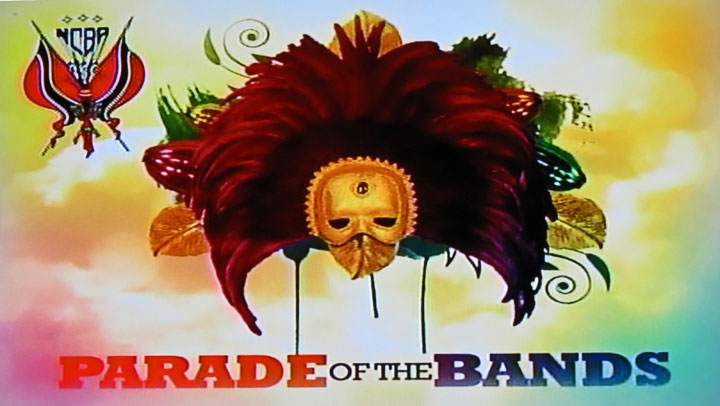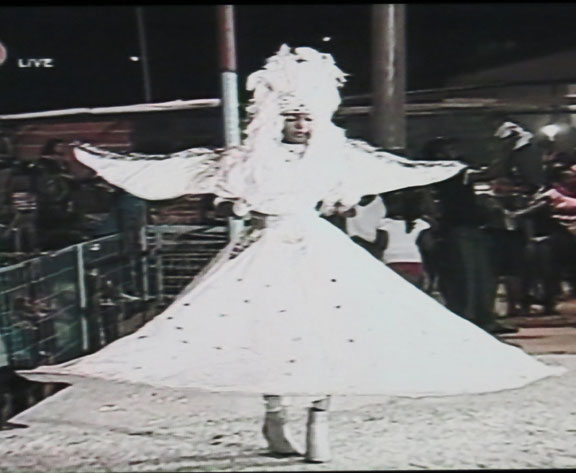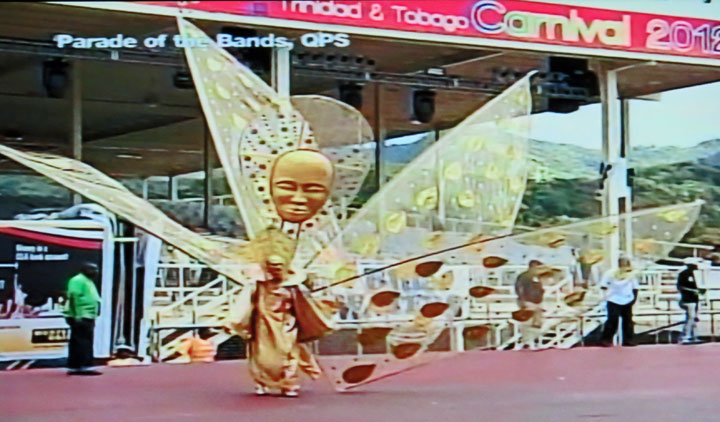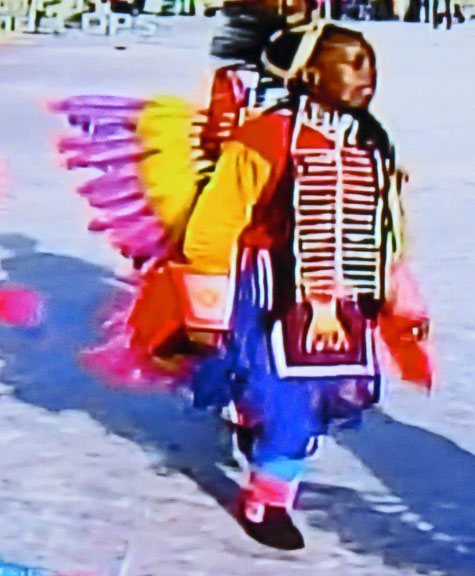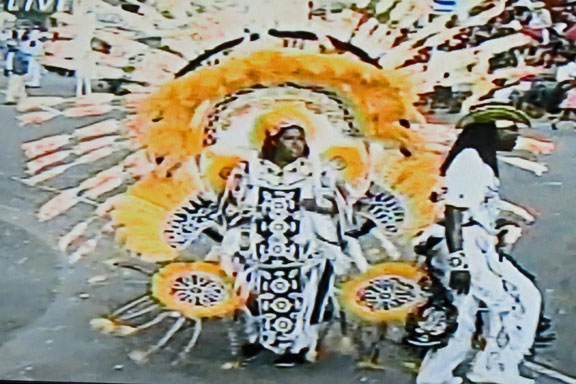

Calypso
Photos from local TV
Carnival 2012


Calypso is a style of Afro-Caribbean music that originated in Trinidad and Tobago from African and European roots. The roots of the genre lay in the arrival of enslaved Africans, who, not being allowed to speak to each other, communicated through song. This forged a sense of community among the Africans, who saw their colonial masters change rapidly, bringing French, Spanish and British music styles to the island of Trinidad. The French brought Carnival to Trinidad, and calypso competitions at Carnival grew in popularity, especially after the abolition of slavery in 1834. While most authorities stress the African roots of calypso, in his 1986 book, Calypso from France to Trinidad: 800 Years of History, that veteran calypsonian, The Roaring Lion (Rafael de Leon) asserted that calypso descends from the music of the medieval French troubadours.

The modern music history of Trinidad and Tobago reflects the ethnic groups which
form the current culture—French, Spanish, British, the African and New World
nations from which the African population derives and subsequent immigration
from Asia and India in the late nineteenth and early twentieth century. A creole
culture was formed, combining elements of hundreds of African ethnic groups,
native inhabitants of the islands, French, British and Spanish colonizers.
French planters and their slaves emigrated to Trinidad during the French
Revolution (1789) from Martinique, including a number of West Africans, and
French creoles from Saint Vincent, Grenada, Saint Lucia and Dominica,
establishing a local community before Trinidad and Tobago were taken from Spain
by the British. Carnival had arrived with the French, and the slaves, who could
not take part in Carnival, formed their own, parallel celebration called
canboulay.

Stick fighting and African percussion music were banned in 1880, in response to
the Canboulay Riots. They were replaced by bamboo sticks beaten together, which
were themselves banned in turn. In 1937 they reappeared, transformed as an
orchestra of frying pans, dustbin lids and oil drums. These steelpans or pans
are now a major part of the Trinidadian music scene and are a popular section of
the Canboulay music contests. In 1941, the United States Navy arrived on
Trinidad, and the panmen, who were associated with lawlessness and violence,
helped to popularize steel pan music among soldiers, which began its
international popularization.

It is thought that the name "calypso" was originally "kaiso," which is now
believed to come from Efik "ka isu" 'go on!' and Ibibio "kaa iso" 'continue, go
on,' used in urging someone on or in backing a contestant. There is also a
Trinidadian term, "cariso" which is used to refer to "old-time" calypsos. The
term "calypso" is recorded from the 1930s onwards. The word was bastardized into
"Calypso" when the early European settlers put the word into print. (Best known
from Homer's epic, the Odyssey, Calypso was a nymph who enticed Odysseus into a
cave for seven years.)

The official birth of calypso was 1912, when Lovey's String Band recorded the
first identifiably calypso genre song while visiting New York City. In 1914, the
second calypso song was recorded, this time in Trinidad, by chantwell Julian
Whiterose, better known as the Iron Duke and famous stick fighter. Jules Sims
would also record vocal calypsos. The majority of these calypsos of the World
War I era were instrumentals by Lovey and Lionel Belasco. Perhaps due to the
constraints of the wartime economy, no recordings of note were produced until
the late 1920s and early 1930s, when the "golden era" of calypso would cement
the style, form, and phrasing of the music.

Calypso evolved into a way of spreading news around Trinidad. Politicians,
journalists and public figures often debated the content of each song, and many
islanders considered these songs the most reliable news source. Calypsonians
pushed the boundaries of free speech as their lyrics spread news of any topic
relevant to island life, including speaking out against political corruption.
Eventually British rule enforced censorship and police began to scan these songs
for damaging content.

Even with this censorship, calypsos continued to push boundaries, with a variety
of ways to slip songs past the scrutinizing eyes of the editor. Double entendre,
or double-speak, was one way, as was the practice of denouncing countries such
as Hitler's Germany and its annexation of Poland, while making pointed
references toward England's policies on Trinidad. Sex, scandal, gossip,
innuendo, politics, local news, bravado and insulting other calypsonians were
the order of the day in classic calypso, just as it is today with classic hip
hop. And just as the hip-hop of today, the music sparked shock and outrage in
the moral sections of society.

Countless recordings were dumped at sea in the name of censorship, although in
truth, rival U.S. companies did this in the spirit of underhanded competition,
claiming that the rivals' material was unfit for U.S. consumption. Decca Records
lost untold pressings in this manner, as did its rival, RCA's Bluebird label.

An entrepreneur named Eduardo Sa Gomes played a significant role in spreading
calypso in its early days. Sa Gomes, a Portuguese immigrant who owned a local
music and phonograph equipment shop in Port of Spain, promoted the genre and
gave financial support to the local artists. In March 1934 he sent Roaring Lion
and Attila the Hun to New York City to record; they became the first
calypsonians to record abroad, bringing the genre out of the West Indies and
into pop culture. Lord Invader was quick to follow, and staying in New York City
after a protracted legal case involving the theft of his song "Rum and
Coca-Cola", a hit by the Andrews Sisters, made his home there along with Wilmoth
Houdini, and became one of the great calypsonians of the USA.
Text from Wikipedia
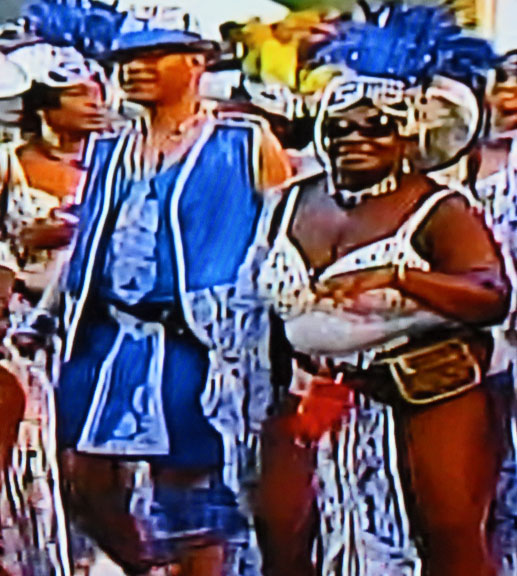


Political Speech
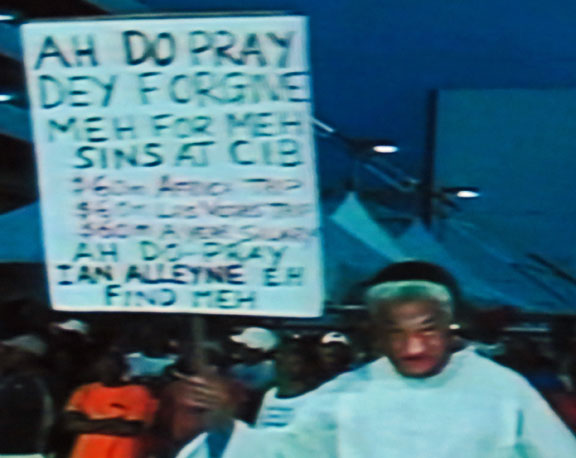






Band Kings and Queens
